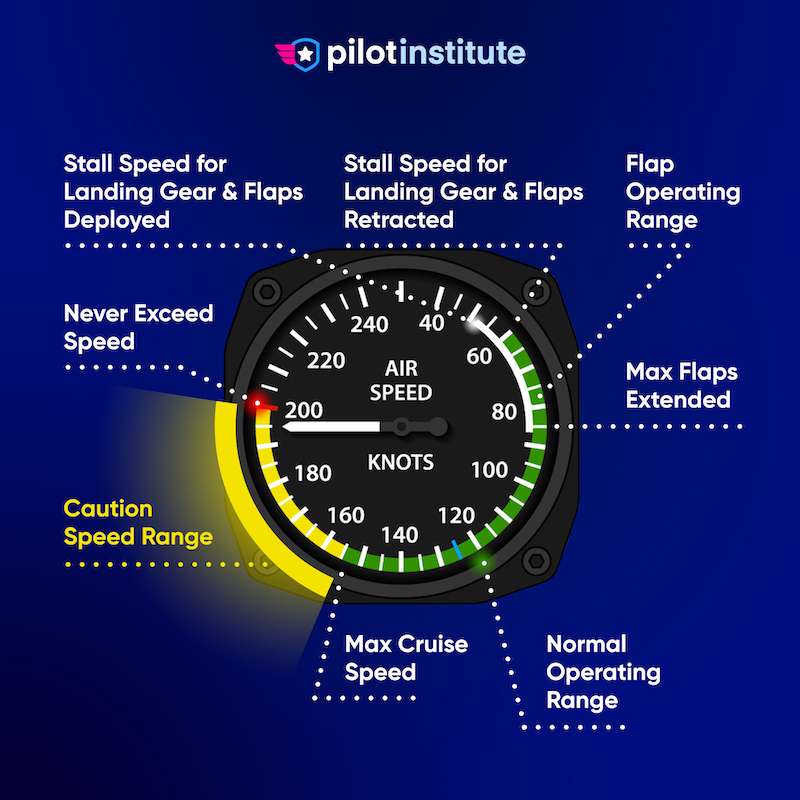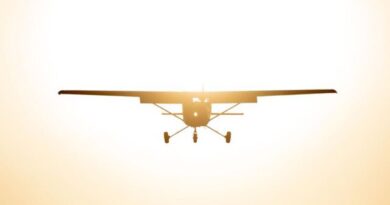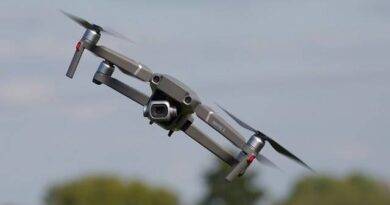Understanding Maximum Operating Airspeed (Vmo)
The aviation industry relies on numerous safety regulations to ensure smooth and secure flights. One crucial factor is the aircraft’s maximum operating airspeed (Vmo). Understanding Vmo is essential for pilots, aviation enthusiasts, and professionals. Let’s dive into what Vmo means, how it impacts flight safety, and why it’s a critical parameter in aviation.
What is Maximum Operating Airspeed (Vmo)?
The Maximum Operating Airspeed (Vmo) is the highest speed an aircraft is certified to fly under normal conditions. Exceeding this speed could put unnecessary stress on the aircraft’s structure, leading to safety risks. Vmo is typically expressed in knots and is indicated on the airspeed indicator by a red line.
Why is Vmo Important?
Vmo is essential for several reasons:
- Structural Integrity: Aircraft are designed to withstand specific aerodynamic forces. Flying beyond Vmo can cause structural damage due to excessive stress.
- Control: At speeds higher than Vmo, pilots might experience reduced control. The aircraft’s responsiveness may become unpredictable.
- Safety: Exceeding Vmo increases the risk of encountering aerodynamic flutter, which can lead to catastrophic failure if not corrected quickly.
How is Vmo Determined?
Aircraft manufacturers determine Vmo based on thorough testing and simulation. Factors that influence Vmo include:
- Aircraft design: The size, shape, and materials used in constructing the aircraft contribute to determining Vmo.
- Altitude: Vmo decreases as altitude increases due to changes in air density.
- Aircraft weight: A heavier aircraft may experience more stress at high speeds, so weight plays a role in setting Vmo.
Vmo vs. Mmo
It’s essential to distinguish between Vmo and Mmo. While Vmo is measured in knots, Mmo (Maximum Mach Operating) represents the speed limit relative to the speed of sound (Mach number). As an aircraft ascends to higher altitudes, where air density decreases, Mmo becomes the limiting factor rather than Vmo.
For example, at sea level, an aircraft’s Vmo might be 340 knots. However, as the aircraft climbs, the maximum safe speed transitions to a Mach limit to avoid approaching the sound barrier, which can lead to compressibility effects.

image source: https://pilotinstitute.com/v-speeds-explained/
What Happens When Vmo is Exceeded?
In modern aircraft, onboard systems help monitor and alert pilots if they approach Vmo. Overspeed warnings are common and will typically trigger if the aircraft exceeds the redline speed. If a pilot does not reduce speed promptly:
- Structural components may begin to deform.
- Instruments may malfunction due to high-speed air pressure.
- The aircraft’s handling may become unpredictable, complicating control during flight.
To prevent exceeding Vmo, pilots often manage throttle inputs carefully, especially during descent or in turbulent conditions.
How Pilots Maintain Safe Speeds
Pilots must stay aware of airspeed, especially in changing conditions. Here are some best practices to avoid exceeding Vmo:
- Use autopilot: Modern autopilot systems can help maintain safe airspeeds by automatically adjusting throttle settings.
- Monitor weather conditions: Turbulence can increase airspeed unexpectedly, so pilots need to adjust their speed accordingly.
- Smooth descent planning: Pilots should reduce speed gradually during descent, avoiding rapid drops that might cause an overspeed condition.
Conclusion
Understanding Maximum Operating Airspeed (Vmo) is crucial for maintaining aircraft safety and structural integrity. Exceeding Vmo can result in serious consequences, from structural damage to loss of control. Pilots and engineers rely on these established limits to ensure that aircraft perform optimally within safe parameters.
FAQs
- Q: Can Vmo change during a flight? A: Yes, Vmo decreases with altitude due to reduced air density.
- Q: What happens if Vmo is exceeded? A: Exceeding Vmo can result in structural damage, control issues, and overspeed warnings.
- Q: Is Vmo the same for all aircraft? A: No, Vmo varies depending on the aircraft’s design, weight, and operational limits.


